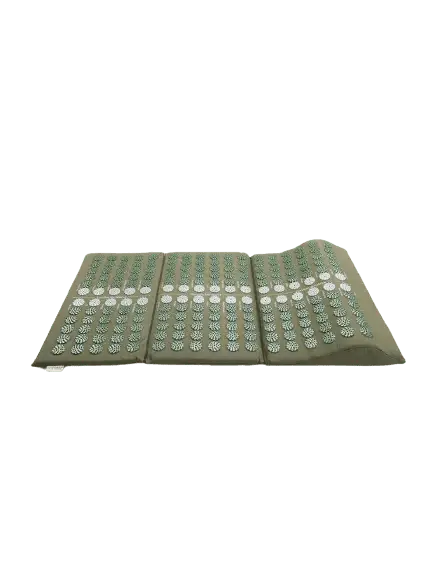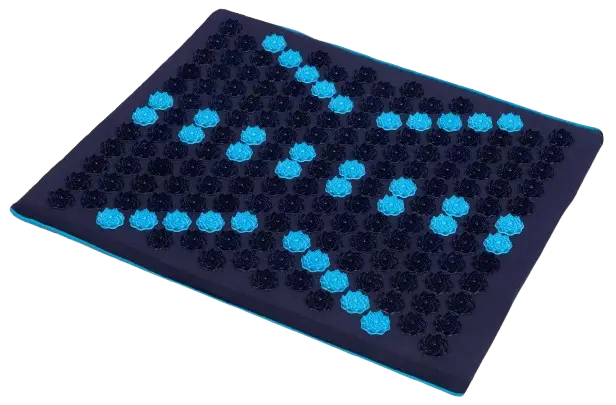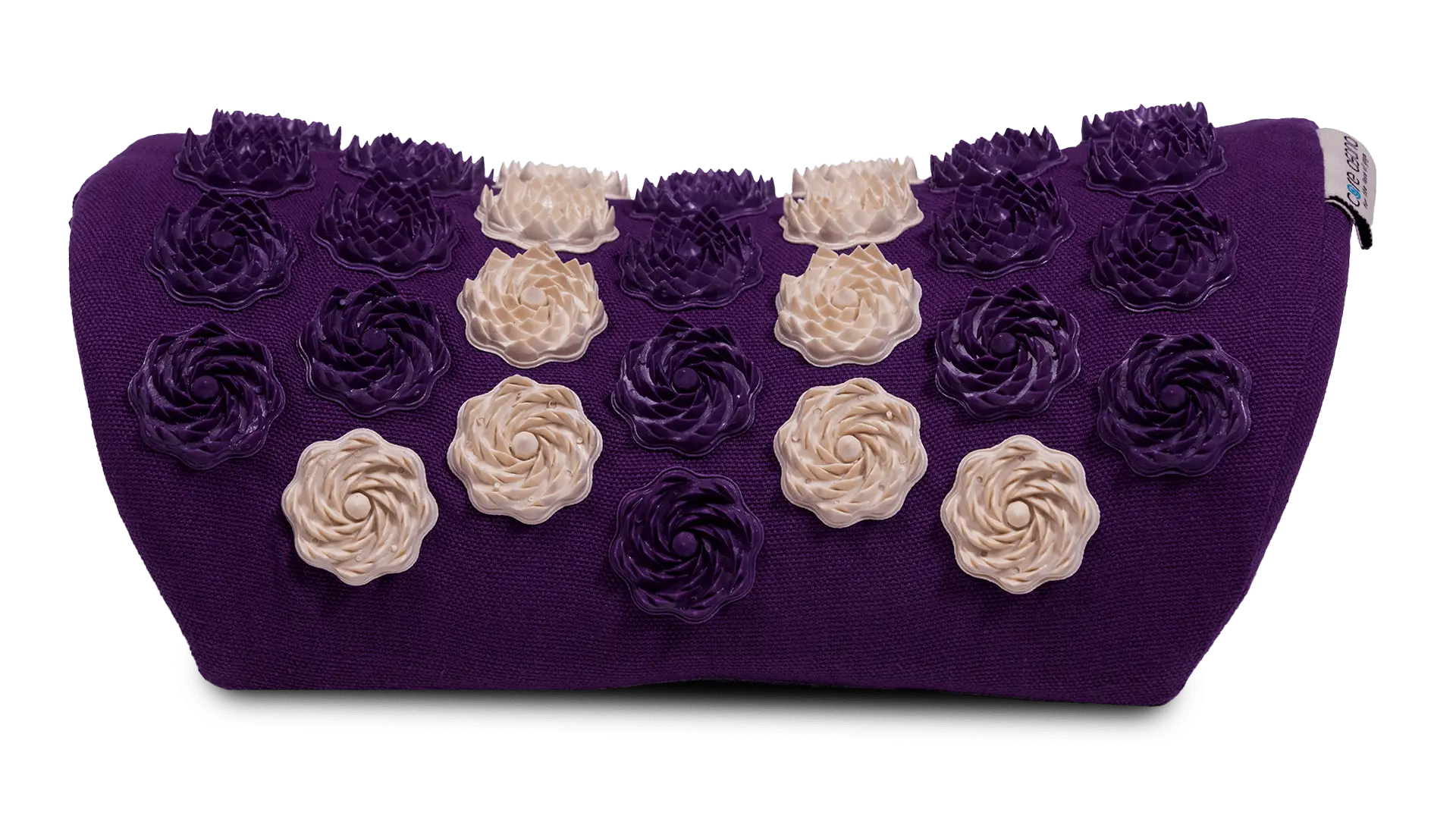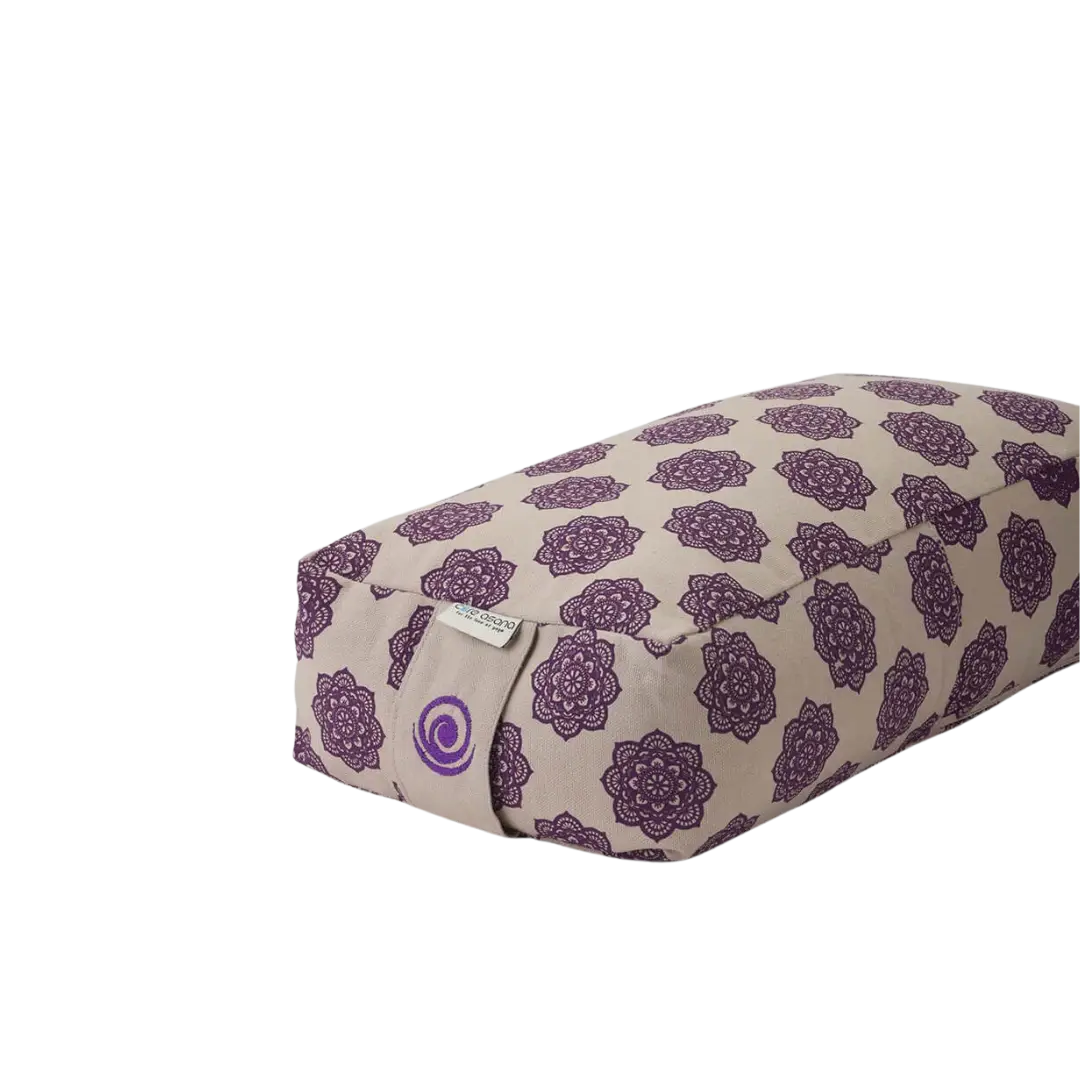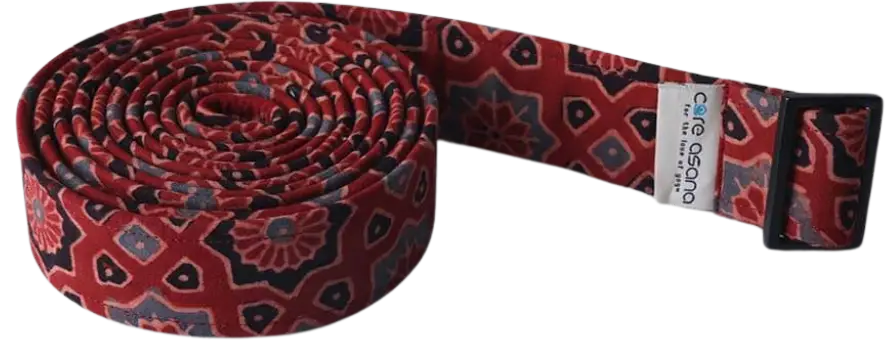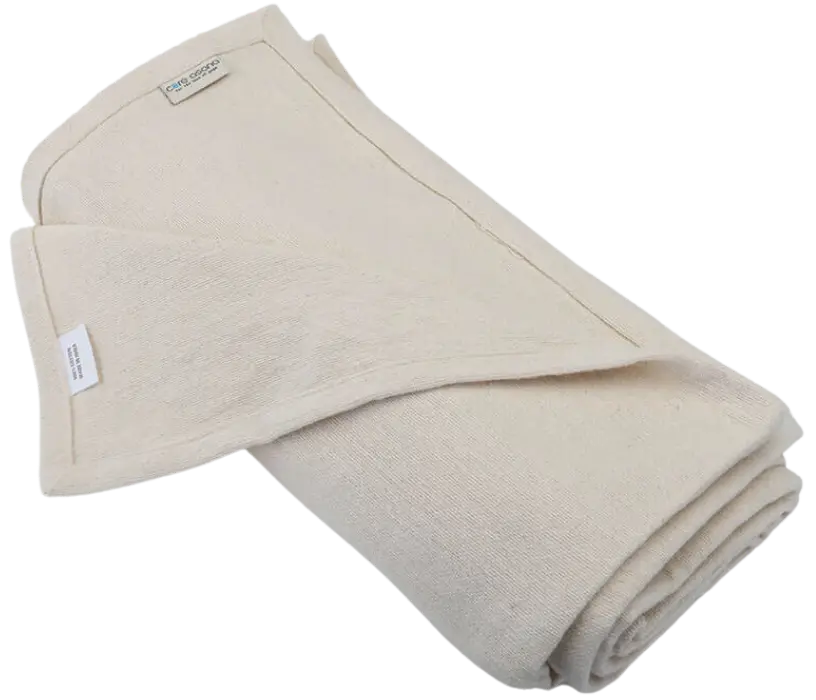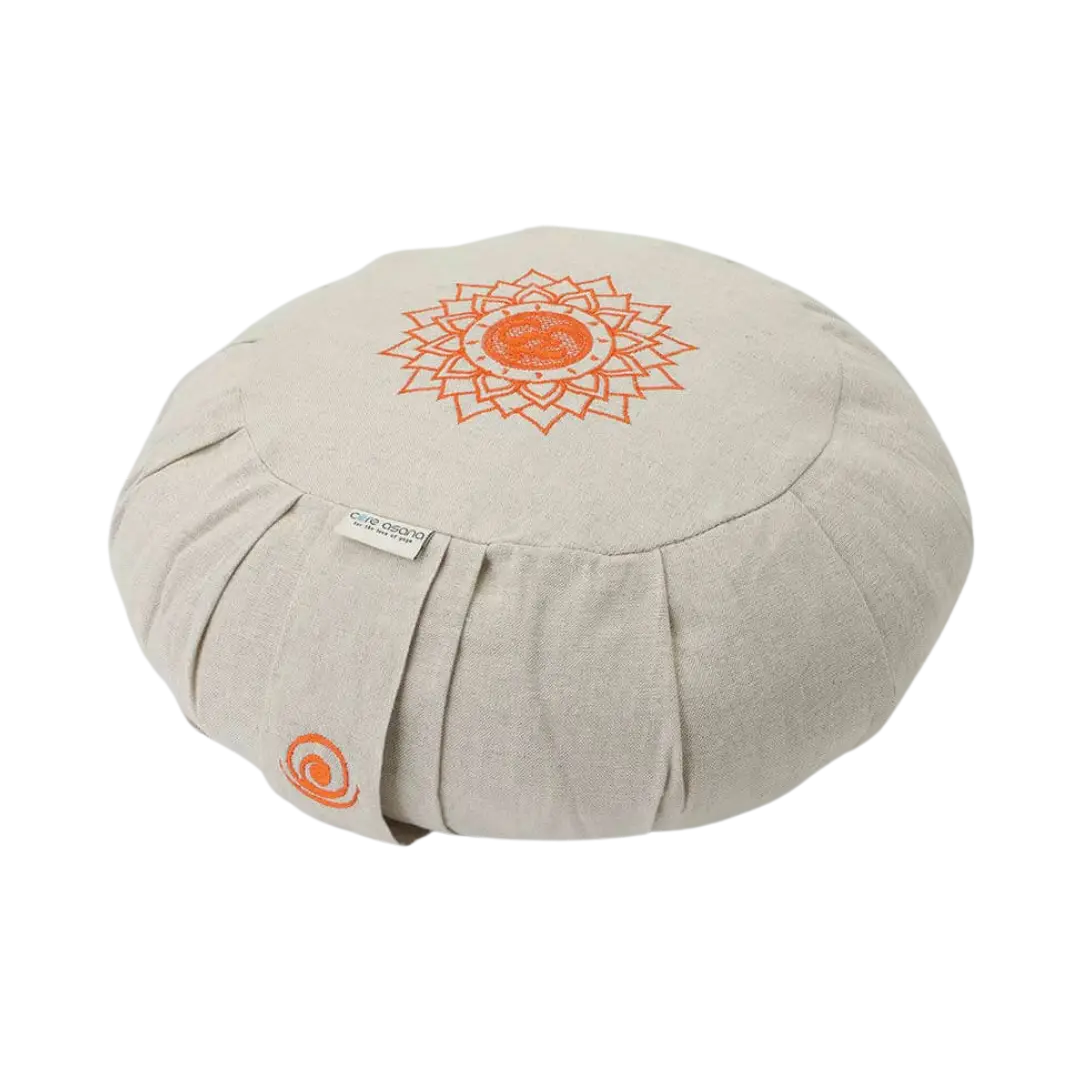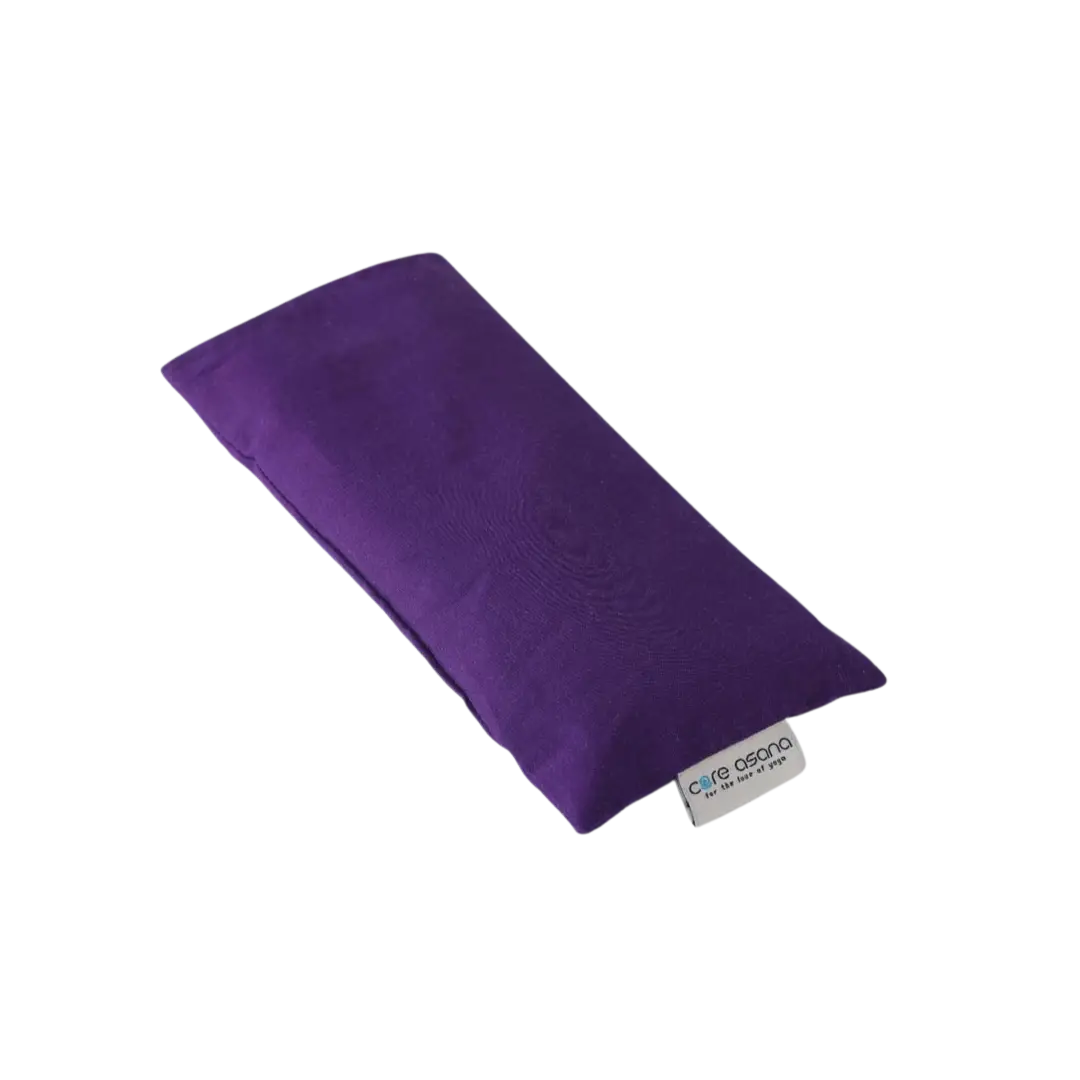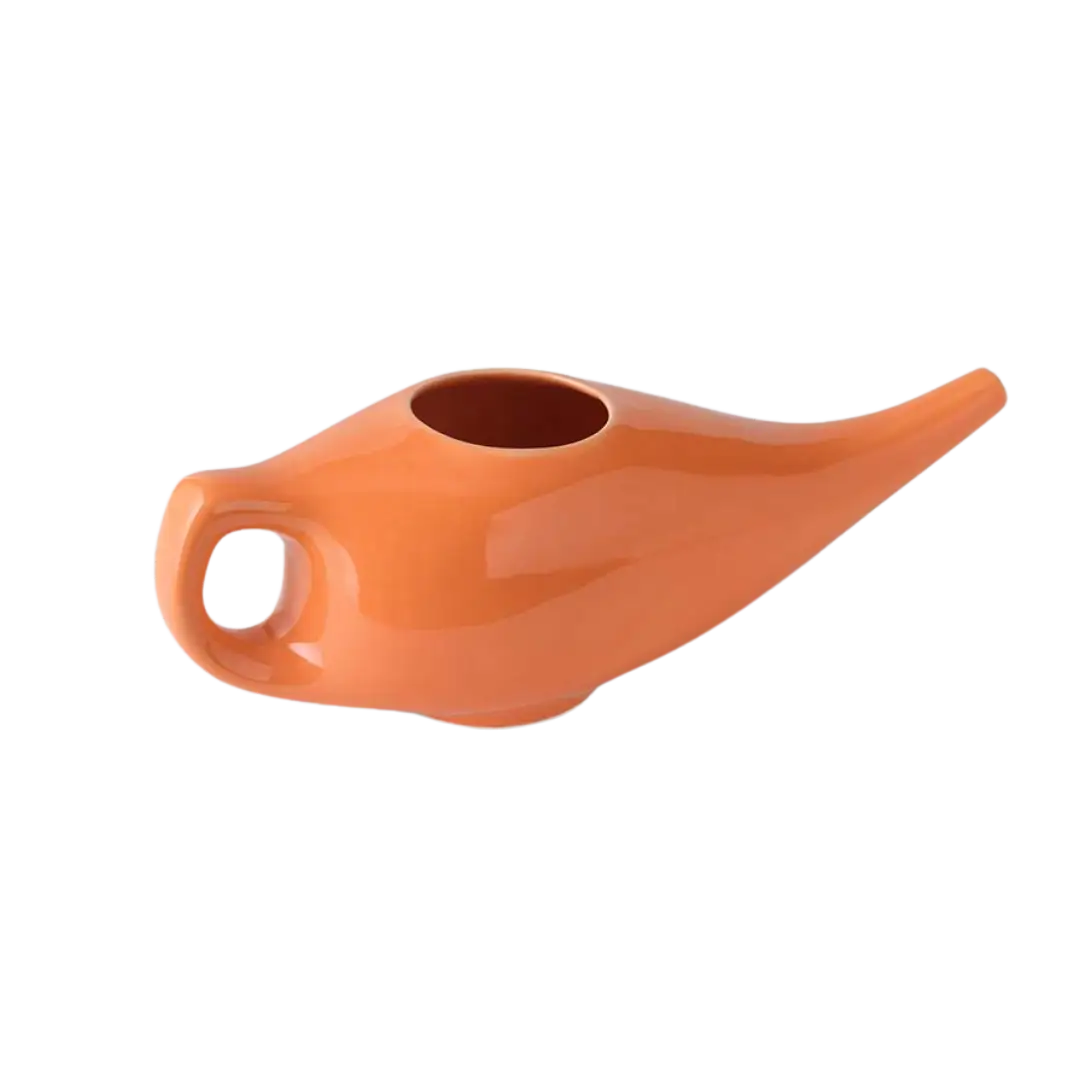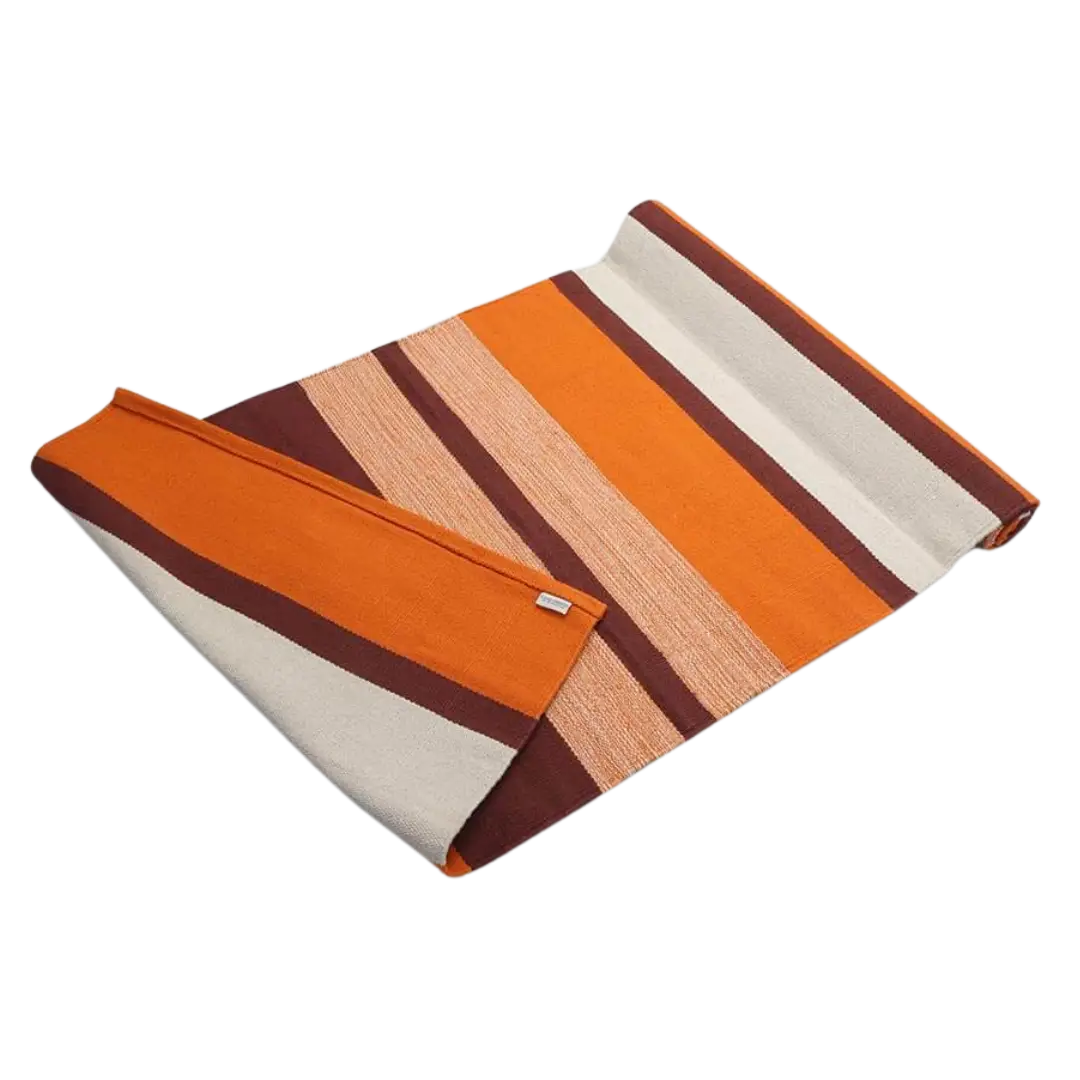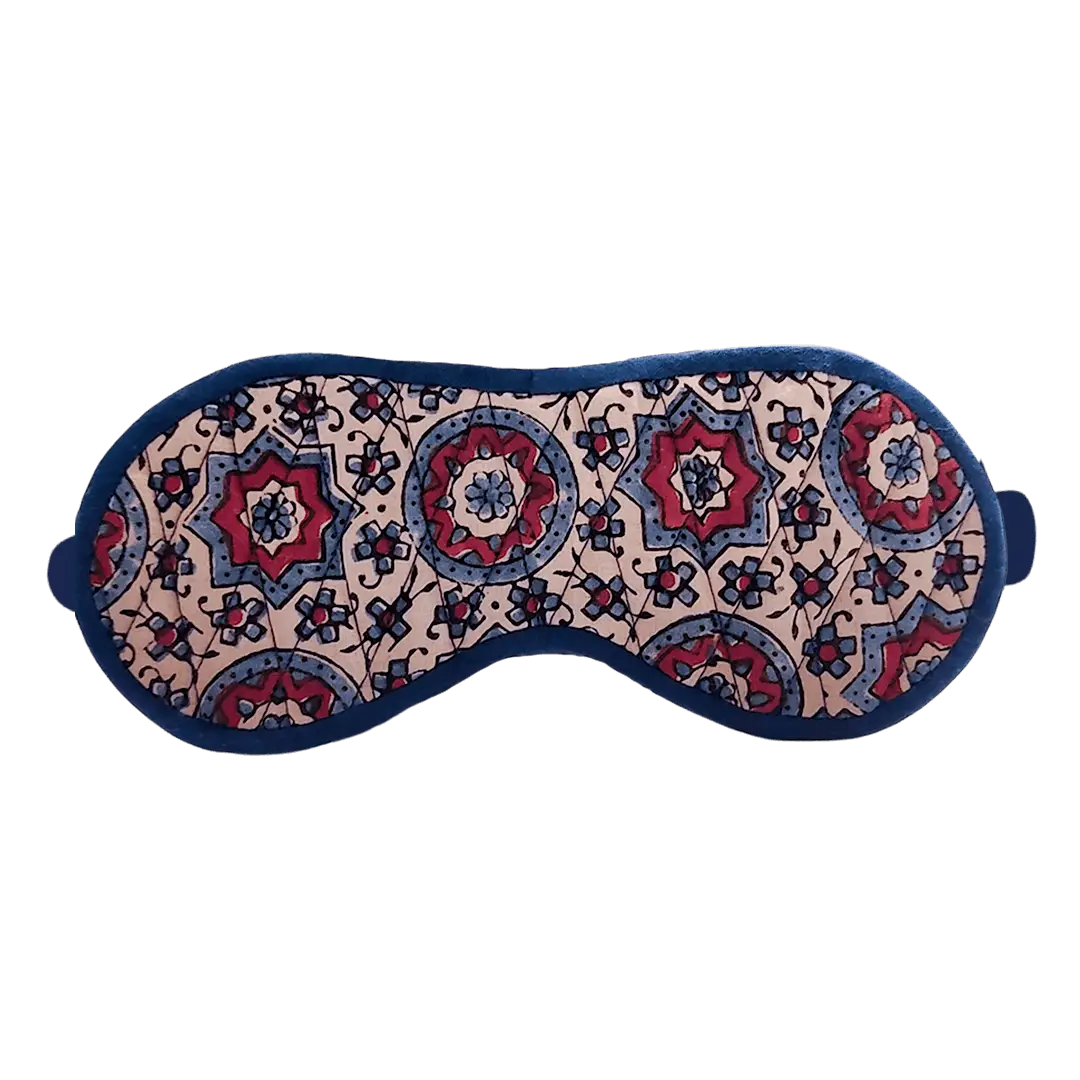Why Core Asana's Natural Rubber Yoga Mats are Heavy?
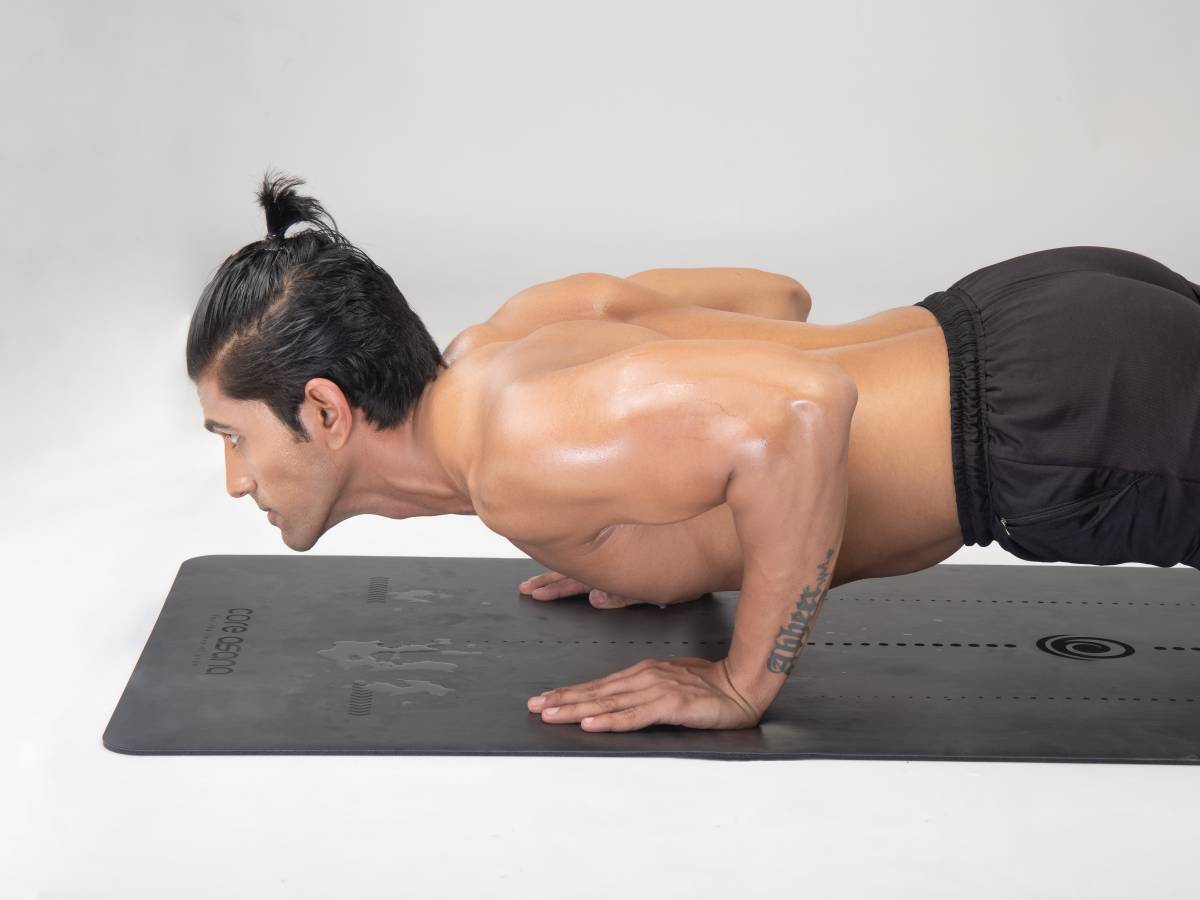
The first thing Yoga practitioners say when they hold Core Asana's Natural Rubber Yoga Mat in their hands is that - It’s heavy.
It's natural to assume that something is wrong with the mat's material selection, which makes it heavier to carry along.
But here's something interesting: in India, the vast majority of yoga practitioners have never held a Natural Rubber Mat in their hands (yet). Let alone practice on it.
In India, lighter synthetic mats made of EVA/TPE/PVC dominate the yoga mat industry. Why? They are ridiculously cheap!
They are, however, not the best partner for your skin or the planet.
Core Asana, as a brand at the forefront of creating sustainable and natural yoga products, wants to raise awareness about this.
Why is natural rubber superior to lighter synthetic alternatives?
- When compared to natural rubber, EVA/TPE/PVC has a significant environmental impact. These are petroleum-based products manufactured using chemically intensive processes. They also do not decompose, unlike natural rubber.
- Because natural rubber is free of toxins, the yoga mat is safe for your skin.
- Nothing beats natural rubber's grip and cushioning (with a layer of PU on top), period.
- Because natural rubber has a higher density, there are no rolling edges. The mat unrolls completely flat.
- Synthetic yoga mats are laden with toxins, and the odor may interfere with your breathing. Meditation and Asanas are built on the foundation of breathing.
The higher density of natural rubber makes the yoga mat heavier compared to EVA/TPE/PVC and it obviously has many benefits over these synthetic alternatives as discussed above.
Yoga has become a multibillion-dollar business. Yoga mats made of toxic PVC (polyvinyl chloride) or other plastic-based materials are becoming increasingly popular.
The end result is a low-cost, cheerful yoga mat; how long will it last? A synthetic mat is initially less expensive, but it can end up costing the yogi much more in the long run.
